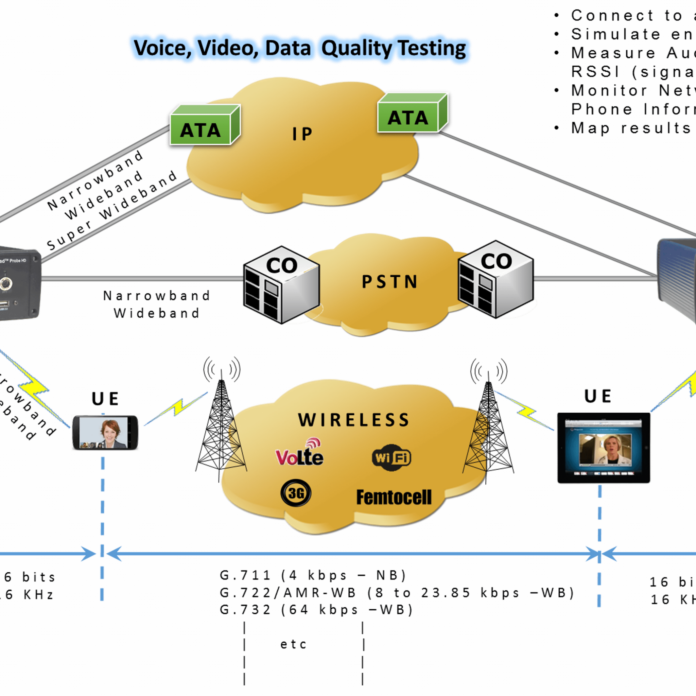IT/OT convergence key enabler for successful smart buildings
LAS VEGAS–From the in-building wireless systems that support IoT sensors to the mobile apps that let facilities managers have real-time, granular access to operational data, technology can deliver smart buildings that create ROI and operational efficiencies. But, regardless of the tech stack in hand, commercial real estate professionals have got to have the human capital to drive the transformative value offered by technology.
During a breakout session at the Realcomm event this week, Ryan Allbaugh of Wells Fargo framed the issue: “A lot of what we’re dealing with today is this introduction of IT into our business of running facilities. The reason IT is there, there are some very good reasons. There are some traditional practices that have been developed over 60 years of IT, developing policies and procedure around the way that IT does business and helps support the business. The way real estate is operated presents some unique challenges, generally speaking. Now with the plethora of internet of things, or OT devices, that are getting connected in an IT fashion, this is becoming a bigger problem, a bigger challenge, a bigger opportunity.”
Intel’s Janine Davison said she spends a good portion of her time talking to end users, building managers and facility operations staff, to better understand their problems. The goal is to glean, “How can we use technology to create solutions to solve their problems. Don’t come in and talk to me about technology. Come in and help me understand my business and how you can impact my business.”
Panelists agreed that commercial real estate is a historically risk-averse segment, which can lead to stagnation as it relates to technology uptake. “The leading-edge end user,” Davison said, “real estate people, corporate services, facilities people, right now I think there’s a lot of risk involved in making changes. We’re risk averse. That’s just who we are. I think if you can approach it with them as far as how you can help assess the risk and minimize the risk…that’s where you start seeing progress being made.”
Jonathan Clarke of Norman Disney & Young described the commercial real estate sector as “still kind of operating old school” and in need of change of approach as it relates to technology. “We need to change the way that we operate and I think that if you’re going to deploy technology in a building…you need to get in very early” to identify desired outcomes, adjust budgets accordingly and develop a pathway that will enable the realization of the identified outcomes.
“You’ve really got to think about that right up front and get the guys who understand how the systems work together…to get the vision right. Expectations have to be set by the client. It’s a really early conversation. To the IT/OT convergence piece, he said it’s important to push for institutional alignment. “We’ve spent some time with the IT guys and software developers actually telling them how automation systems in buildings work. Then we share stories from their side. I think that’s the only way you can get real, true value of understand the worlds you’re both coming from…and then converging them to get to where we are now. It’s been a journey for a quite a few years now and I”m looking forward to the next generation of systems that are embedded in the IT world to give you good OT outcomes.”
The concept of developing internal expertise across departments is something CBRE CEO Bob Sulentic hit on in a morning general session. He said when CBRE was undergoing a transformation about three years ago, the company decided it was imperative to have “strong digital leadership…embedded in our company. He gave the example of hiring Chandra Dhandapani to serve as chief digital and technology officer and growing an in-house tech team from there. “She knew where to go for talent,” Sulentic said, “and she knew how to attract talent. She and her team have built technology roadmaps for every line of business in our company.”

